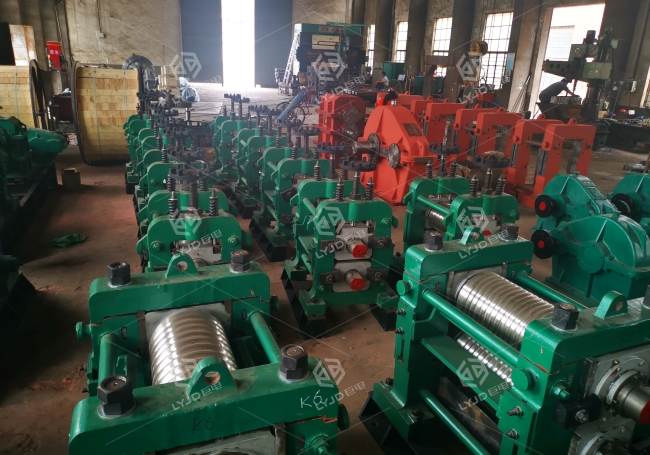Steel making is to reduce the carbon in pig iron and remove harmful impurities by smelting, and then add appropriate alloying elements according to the requirements of steel properties to make it with excellent properties.
Making steel is different from making iron. The main differences between steel and pig iron are as follows: both steel and pig iron are iron-based alloys, and both contain carbon, silicon, manganese, sulfur and phosphorus; The most fundamental difference is the carbon content, w(C)>2% in pig iron, and w(C)<2% in steel.
Decarburization to go phosphorus and sulfur gas and without a metal inclusion deoxidizing and alloying temperature pouring modern steelmaking with oxygen converter process (develop), electric furnace steelmaking method (developing), open hearth process (out), in which oxygen converter process steel accounts for about 70%, mainly oxygen top-blown converter steelmaking process.
In order to remove some of the other unwanted stuff from it, slagging is needed. Good slag making is an important guarantee to achieve high quality, high yield and low consumption in steel making.
Therefore, the actual production is often said: steel is slag.
The function of slag: by adjusting the composition, nature and quantity of slag, to control the REDOX reaction process of each element in molten steel; Absorption of non-metallic inclusions in liquid metal; Covering on the liquid steel, can reduce heat loss, prevent the liquid steel to absorb gas; Can absorb the evaporation of iron, can absorb the reflected iron particles under the converter oxygen flow, can stabilize the arc of the arc furnace; Scour and erode the lining. Good slag can reduce this bad effect and prolong the lining life.
The next step is the oxidation of iron.
The oxidation of iron is divided into two types. One is direct oxidation, which refers to the reaction in which elements in liquid steel contact with oxygen molecules directly and are oxidized.
The other is indirect oxidation, which refers to the reaction in which elements in liquid metal are oxidized by direct contact with oxygen atoms or FeO.
After iron is oxidized, part of the reaction products enter the slag, and part remain in the liquid metal, and establish a dynamic equilibrium between the liquid metal and slag.
Silicon and manganese react similarly. Since it is steel making, carbon removal is still necessary, the next talk about carbon oxidation.
Carbon and oxygen reaction has the following main effects in steelmaking: produce a large number of CO bubbles, have a strong stirring effect on the molten pool, uniform composition and temperature of molten steel, improve the kinetic conditions of various chemical reactions, is conducive to the progress of various chemical reactions in steelmaking.
Remove gas from steel. Remove inclusions from steel. It emits a lot of heat and is an important heat source for steelmaking.
In addition to carbon, but also in addition to some phosphorus, sulfur phosphorus in iron and steel in the form of phosphide, the impact on steel properties are: can deteriorate the welding performance of steel; Reduce the plasticity and toughness of steel, so that the cold brittleness of steel; It can improve the cutting performance of free cutting steel; It can improve the fluidity of molten steel and improve the casting properties of molten steel. It can improve the corrosion resistance of alloy steel to atmosphere and sea water.
The above is the whole steel rolling processs, thanks for paying attention to our share today. I hope it can be helpful to you. Welcome to pay attention to Luoyang Judian and learn more about the knowledge related to steel rolling production.

Please send us your request and we reply to you with in 24 hours.
Submit Request